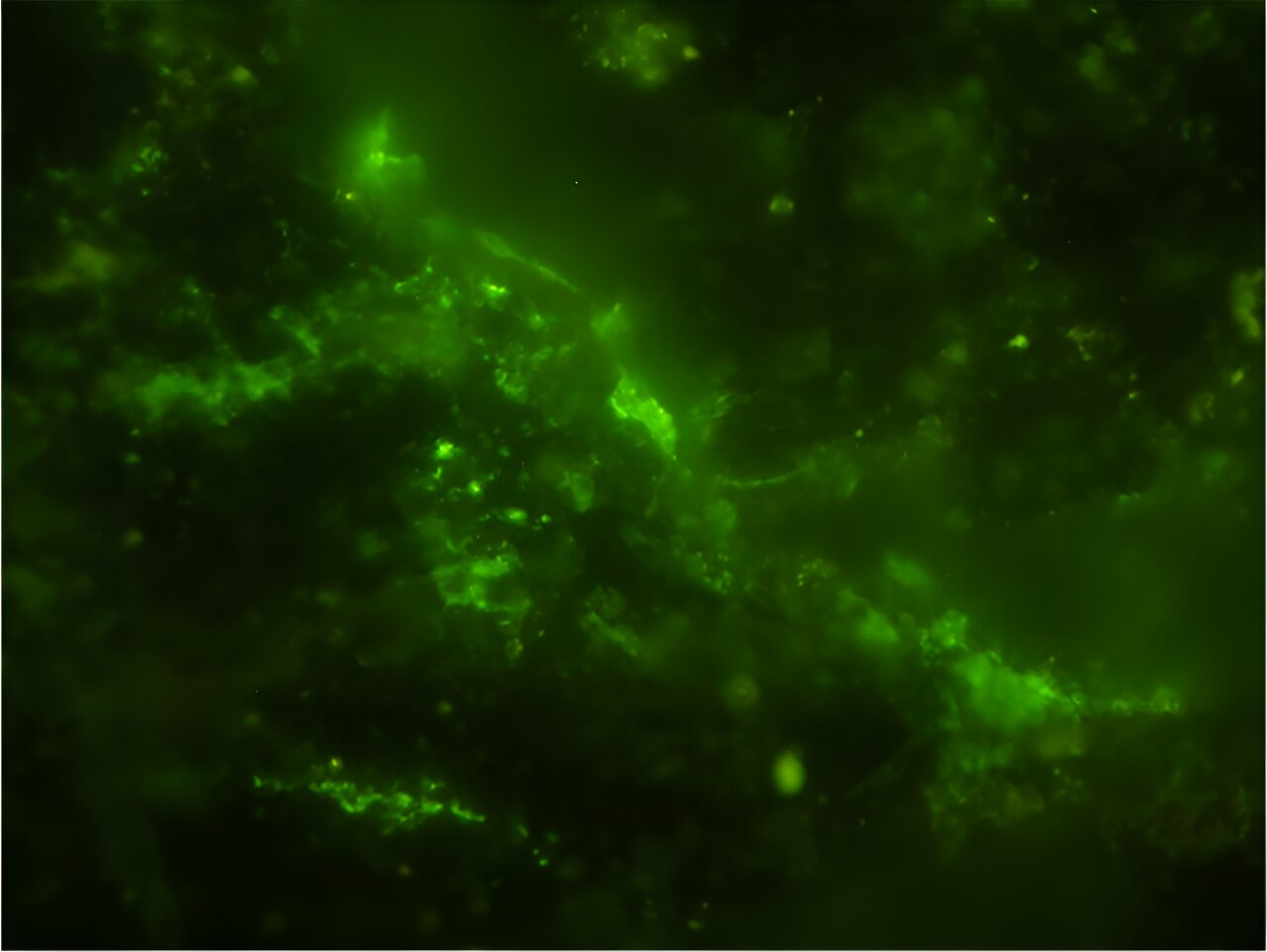Microbes discovered in two-billion-year-old rocks

In an extreme underground environment, microbial life is possible. For a very long time. This is demonstrated by the finding, within a two-billion-year-old rock found in South Africa, of colonies of microbes living in ancient clay veins. The hypothesis is that the habitat in which microbes have proliferated for two billion years is possible because of the clays, which can trap organic matter, and because their formation can release hydrogen, a source of energy for some microorganisms. This provides clues to the potential habitability of other planets, such as Mars, where rocks of similar age are present.

